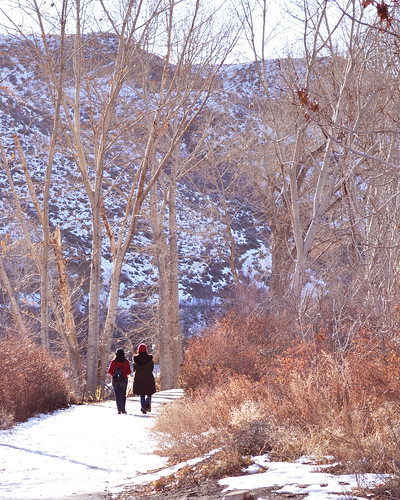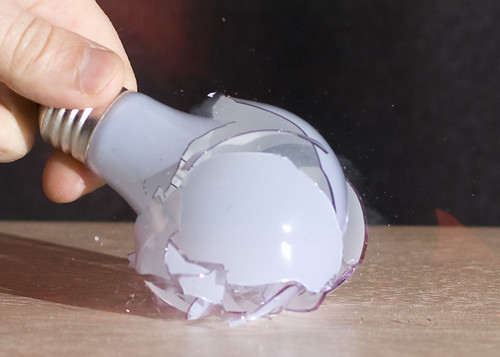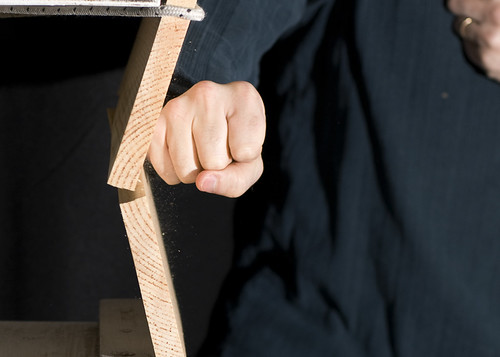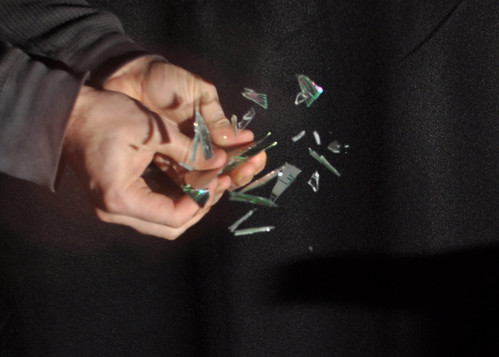
What is "The Golden Hour"?
In the early days, I'd often heard of the phrase but wondered what it meant. Basically, the term refers to the time of day when the sun is low in the sky, where the color of light is stained by the atmosphere and the shadows are deep.
Think of it it like this:
Because we live on a spherical planet covered by a thin transparent atmosphere, the sun's rays penetrate and pick up the color of whatever the air contains. Water droplets, dust, even smog serve to color the light. When the sun is high above, say between 10 AM and 2 PM, the suns rays pass through the thinnest portion of the air. They pick up the least amount of color and make the light ordinary and mundane.
When the sun is low,
the light passes through a greater amount of air which colors the light either yellow or red. That's why sunrises and sunsets are often so beautiful. Generally the "Golden Hour" is considered to be the time early in the morning about an hour after sunrise, or in the evening about an hour before sunset.
During this time,
Light hits objects from the side giving us a broader view and letting us see into the depths. When shot from behind, this low angle light, wraps the subject and highlights the edges. Did you ever hear of a cloud's "silver lining"? Also, shadows elongate and darken, adding depth to the scene.
In the opening shot,
The model stands in the doorway looking out at some children playing in the yard outside. The light wraps her sweater and highlights the edges. Her hair glistens as it's bathed in the golden evening light. In the background, almost too subtle to notice, spring blossoms float on a gentle breeze.
Photography can change the way you see the world.
When you become interested in the art for the first time, you begin to appreciate light and its qualities. Each of us knows, that at a certain time in your home, the light will take on a golden glow and reach in through the window making the room come alive!

Enjoy!
















